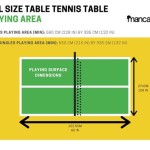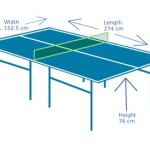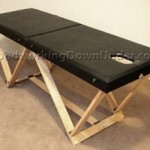Raised Vegetable Garden Plans: The Essentials
Building a raised vegetable garden is a great way to get the most out of your garden space. Raised beds are easier to manage than in-ground gardens, they help improve drainage, and they can be used to extend the growing season. If you're thinking about building a raised vegetable garden, here are a few things to keep in mind:
Location
The location of your raised garden is important. Choose a spot that gets at least six hours of sunlight per day and is well-drained. Avoid areas that are too close to trees or buildings, as these can block sunlight and create shade. Consider the size and shape of your raised garden before you choose a location. You want to make sure that it will be big enough to grow all of the vegetables you want, but not so big that it's overwhelming to maintain.
Materials
The materials you use to build your raised garden will depend on your budget and preferences. Popular materials for raised beds include wood, metal, and concrete blocks. Wood is a good choice for raised beds because it's relatively inexpensive and easy to work with. However, wood can rot over time, so it's important to choose a wood that is resistant to rot, such as cedar or redwood. Metal is another durable option for raised beds. Metal raised beds are more expensive than wood raised beds, but they will last longer. Concrete blocks are a good choice for raised beds if you want a permanent solution. However, concrete blocks can be heavy and difficult to move.
Soil
The soil you use in your raised garden is just as important as the materials you use to build it. Raised beds need to be filled with well-drained soil that is rich in organic matter. You can mix your own soil or buy pre-mixed raised bed soil. When filling your raised bed, be sure to leave a few inches of space at the top for mulch.
Drainage
Good drainage is essential for a healthy raised vegetable garden. Raised beds should have holes or slits in the bottom to allow water to drain out. You can also line the bottom of your raised bed with a layer of gravel or crushed rock to help improve drainage.
Height
The height of your raised garden will depend on your needs. If you have back problems, you may want a raised garden that is taller so that you don't have to bend over as much. If you have limited space, you may want a raised garden that is shorter so that you can fit it into a smaller area. Most raised beds are between 12 and 24 inches tall.
With a little planning, you can create a raised vegetable garden that will be productive and beautiful. Raised beds are a great way to grow your own food, and they can be a great addition to any yard.

How To Plan For A Raised Garden Bed Brepurposed

Raised Bed Garden From A Z What To Know Joe Gardener

How To Build A Raised Bed Even If You Have No Idea Where Start Sunset
:max_bytes(150000):strip_icc()/September-Garden-4-27714c582b0d4ceaad95c9c24aaac9d9-25fe181085014f4381c4323f8ff30f3f.jpg?strip=all)
31 Easy And Inexpensive Diy Raised Garden Bed Ideas

Planning Your Vegetable Garden Mapping The Beds

4x8 Raised Bed Vegetable Garden Layout Ideas What To Sow Grow

4x8 Raised Bed Vegetable Garden Layout Ideas What To Sow Grow

Vegetable Garden Layout Planning Bonnie Plants

24 Diy Raised Garden Bed Plans Ideas That You Can Build In Your Trees Com

Raised Bed Garden Plan Must Love Lists








